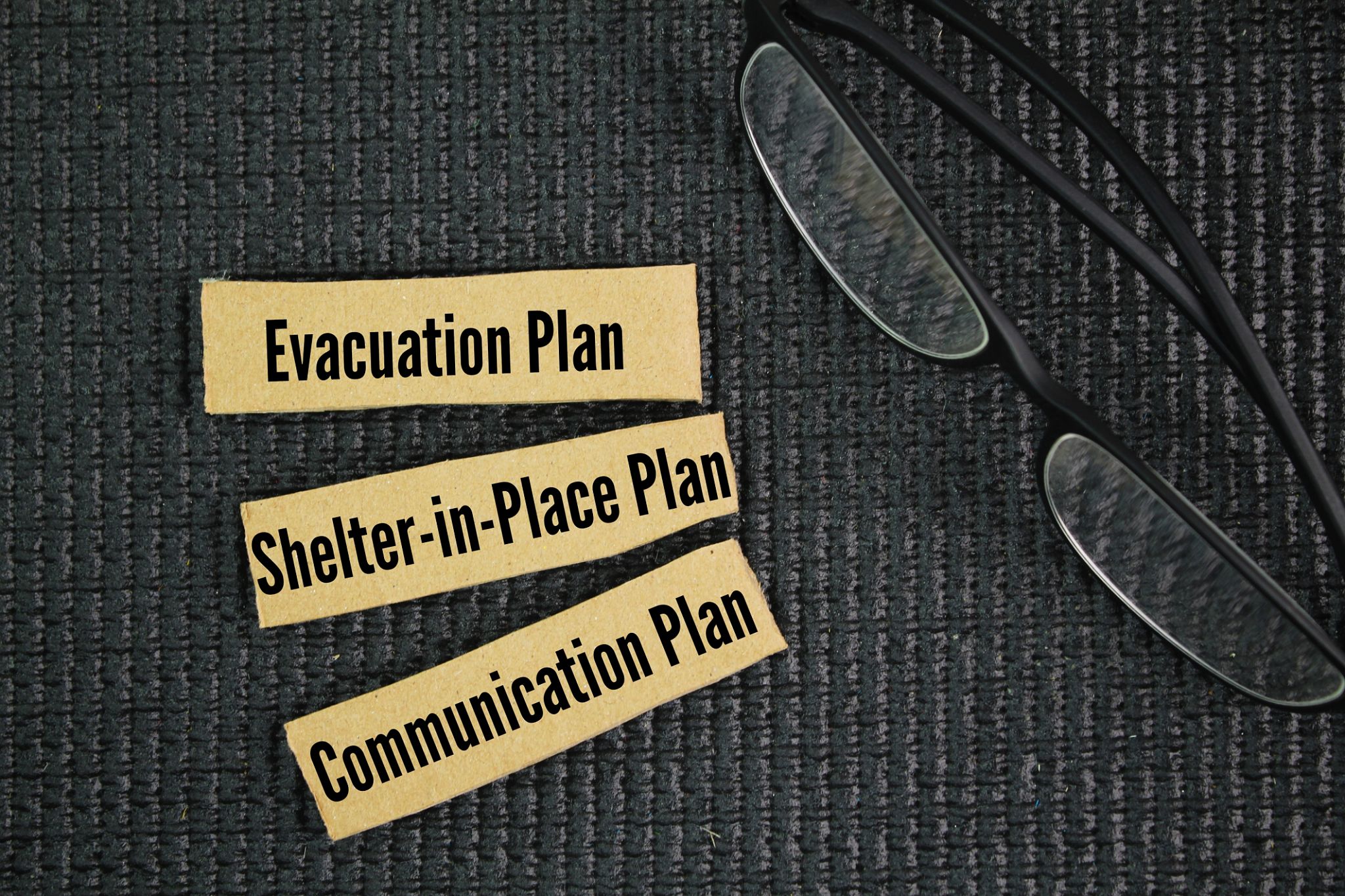Top 5 Safety and Security Tips for Building Managers
Understanding Building Security
Building managers play a crucial role in maintaining a secure environment for tenants and visitors. To effectively manage building safety, it is essential to understand the various aspects of security, from physical measures to digital protections. This comprehensive approach ensures that everyone within the premises feels safe and secure.
Security in buildings can be categorized into different areas, including access control, surveillance, emergency response, and cybersecurity. Each component requires careful planning and execution. By focusing on these key areas, building managers can create a robust security framework.

Implementing Access Control Systems
An effective access control system is fundamental to building security. It allows you to monitor who enters and exits the premises and restricts unauthorized access. There are several types of access control systems available, such as keycard systems, biometric scanners, and keypad entry systems. Choosing the right system depends on the specific needs of your building.
Regularly updating access credentials and conducting audits can enhance the effectiveness of these systems. Additionally, training staff on how to manage and troubleshoot these systems ensures they function smoothly.
Enhancing Surveillance Measures
Surveillance is another critical aspect of building security. Installing a network of cameras throughout the premises helps monitor activities and deter potential threats. Modern surveillance systems often come with features like motion detection, night vision, and remote monitoring capabilities.

It is important to position cameras strategically to cover all critical areas, such as entrances, exits, and common spaces. Regular maintenance and periodic checks ensure that the surveillance equipment remains operational at all times.
Preparing for Emergencies
Emergency preparedness is vital in any security plan. Building managers should develop a comprehensive emergency response plan that includes evacuation procedures, communication protocols, and roles for staff members during emergencies. Regular drills and training sessions help ensure everyone knows what to do in case of an incident.
Collaborating with local emergency services can enhance your emergency response plan. They can provide valuable insights and support in developing effective strategies for various scenarios.

Strengthening Cybersecurity
In today's digital age, cybersecurity is an integral part of building security. Protecting sensitive information, such as tenant data and building management systems, from cyber threats is crucial. Implementing strong passwords, firewalls, and encryption methods can significantly reduce the risk of data breaches.
Regularly updating software and conducting vulnerability assessments are essential to maintaining a secure digital environment. Educating staff about common cyber threats and safe online practices can further bolster your cybersecurity efforts.
Fostering a Culture of Safety
A culture of safety within the building community encourages everyone to be vigilant and proactive in identifying potential security risks. Encourage tenants to report suspicious activities or safety concerns promptly. Regular communication through newsletters or meetings can keep everyone informed about safety updates and initiatives.
By implementing these top five safety and security tips, building managers can create a secure environment that protects both the people and assets within their buildings. Continuous evaluation and improvement of security measures will ensure long-term safety and peace of mind for everyone involved.
